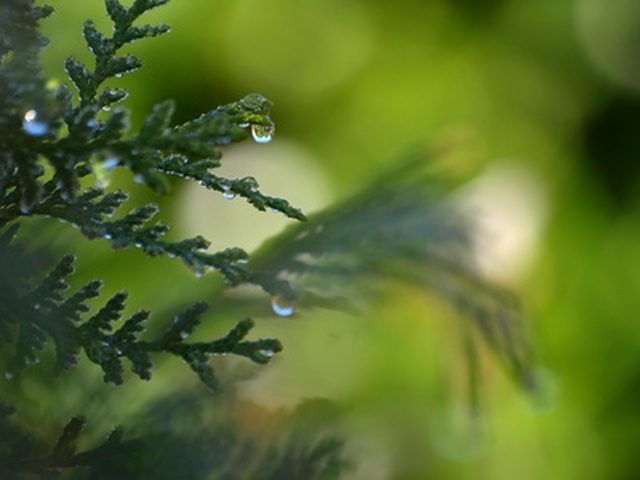Bulbs
Flower Basics
Flower Beds & Specialty Gardens
Flower Garden
Garden Furniture
Garden Gnomes
Garden Seeds
Garden Sheds
Garden Statues
Garden Tools & Supplies
Gardening Basics
Green & Organic
Groundcovers & Vines
Growing Annuals
Growing Basil
Growing Beans
Growing Berries
Growing Blueberries
Growing Cactus
Growing Corn
Growing Cotton
Growing Edibles
Growing Flowers
Growing Garlic
Growing Grapes
Growing Grass
Growing Herbs
Growing Jasmine
Growing Mint
Growing Mushrooms
Orchids
Growing Peanuts
Growing Perennials
Growing Plants
Growing Rosemary
Growing Roses
Growing Strawberries
Growing Sunflowers
Growing Thyme
Growing Tomatoes
Growing Tulips
Growing Vegetables
Herb Basics
Herb Garden
Indoor Growing
Landscaping Basics
Landscaping Patios
Landscaping Plants
Landscaping Shrubs
Landscaping Trees
Landscaping Walks & Pathways
Lawn Basics
Lawn Maintenance
Lawn Mowers
Lawn Ornaments
Lawn Planting
Lawn Tools
Outdoor Growing
Overall Landscape Planning
Pests, Weeds & Problems
Plant Basics
Rock Garden
Rose Garden
Shrubs
Soil
Specialty Gardens
Trees
Vegetable Garden
Yard Maintenance
How to Plant Thuja Occidentalis Smaragd
How to Plant Thuja Occidentalis Smaragd. Thuja occidentalis 'Smaragd,' also known as Smaragd arborvitae or emerald cedar, is a popular landscape plant, due to its year-round emerald green color and its attractive pyramidal shape. Although thuja occidentalis 'Smaragd' can sometimes grow to heights of 25 feet, the shrub will usually top out at about...

Thuja occidentalis 'Smaragd,' also known as Smaragd arborvitae or emerald cedar, is a popular landscape plant, due to its year-round emerald green color and its attractive pyramidal shape. Although thuja occidentalis 'Smaragd' can sometimes grow to heights of 25 feet, the shrub will usually top out at about 15 feet with a 4-foot width. This attractive evergreen works well as a focal point or can be planted as a hedge or windbreak. Thuja occidentalis 'Smaragd' is winter-hardy in USDA zones 3 to 8.
Things You'll Need
Shovel
Mulch
Soaker or garden hose
Select a site for thuja occidentalis 'Smaragd' where the shrub will be exposed to full sunlight or partial shade. Soil should be well-drained.
Dig a hole at least twice as wide as the shrub's root ball. The depth of the hole should be no deeper than the height of the root ball.
Remove the shrub from the nursery container and set it in the hole. If the root ball is wrapped in burlap, cut the top 1/4 to 1/3 of the burlap off or fold the burlap down around the plant so the burlap won't poke up above the soil. Cut off any strings or wires. Be sure the crown of the shrub, which is where the trunk meets the roots, is 1 to 2 inches above the surface of the soil. If necessary, adjust the soil in the bottom of the hole to bring the shrub to the correct level.
Fill the hole about 2/3 full of soil, then fill the hole with water. Allow the water to drain, then finish filling the hole with soil. Water deeply.
Spread 2 to 3 inches of mulch, such as bark chips, shredded leaves or pine needles, around the tree. Leave a 6-inch span around the trunk uncovered so that mulch won't pile up against the trunk.
Keep the soil evenly moist for the first year. Place a soaker hose at the base of the tree or allow a garden hose to drip. Water the tree in this way for an hour once or twice every week when there is no rainfall. Once the tree is established, water only during extended hot, dry periods.